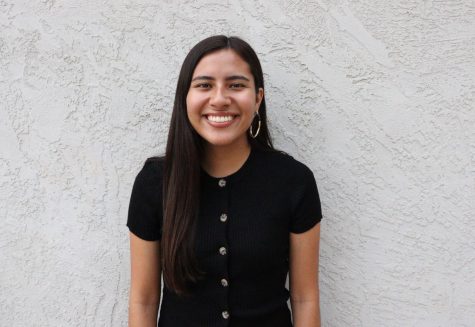As Phase 2 students have moved onto campus and completed COVID-19 testing and safety protocols, science students are finally able to attend in-person classes after almost a year of online instruction.
WHAT IT TOOK TO GET HERE
In determining which classes should return to campus, the School of Science, Technology and Health focused on allowing smaller, upper division labs needing access to specialized equipment in areas like chemistry, physics, biology and engineering to return.
In order to determine the safest way to conduct labs to ensure they are following state and local guidelines, the department was given guidance from the university. Faculty representatives from every department, along with the Biola Health Center and Campus Safety checked all the facilities to measure and determine social distancing capacities for the labs.
Faculty will enforce students in the labs to wear personal protective equipment and follow social distancing guidelines, according to Matthew Rouse, dean of the school of science, technology, and health. Sanitation procedures will also be in place to sanitize labs between sessions.
“There’s been a lot of good support, problem solving and troubleshooting to get the room ready,” said assistant professor of chemistry Dana Johnson. “I’m looking forward to seeing what everything’s going to look like because we had such good help making sure the details are in place before the students get here.”
SETTING UP THE LABS
Fume hoods have been set up throughout the labs to ensure a safe environment, so students are going to be standing around 8 feet apart from one another during classes.
“The fume hoods were actually helpful for us in setting up the labs because the fume hoods are always on,” Johnson said. “And they’re always drawing air away from the students, so the room itself operates at negative pressure which is a characteristic of quarantine rooms in hospitals.”
Johnson added that fume hoods are not the only partition between students, explaining that plexiglass is placed throughout classrooms ensuring that they remain safe throughout their experience. When students leave the hoods, arrows direct students to work at particular sinks when cleaning their glassware. Additionally, chemicals are distributed to students individually in order to avoid the need to gather.
“We’ve tried to keep students from walking around the lab as much and keep them at the hoods themselves, which is probably the safest place for students,” Johnson said.
REMOTE STUDENTS
One of the challenges to the hyflex model, according to Johnson, was finding ways to give students staying online a similar experience to that of their peers.
The university helped setup Zoom Room technology in the lab. There will be different cameras setup throughout the room, including one in the fume hood so the students can watch their peers perform the lab in a live session. Johnson will potentially carry a camera as he walks around the room to answer any questions the students might have.
“It’s the in-person students that will actually be setting up the glassware, handling the chemicals and the remote students will be able to watch that happen in real time,” Johnson said.
MORE HYFLEX CLASSES?
Currently the number of COVID-19 cases in L.A. County are decreasing, but according to Rouse, there is no telling what the upcoming weeks will look like. If conditions are better by March 1 and the school grants permission for more hyflex classes, Rouse wants to volunteer to make his fully remote class follow that model.
“In other words, I would volunteer to be back in the classroom if some of my students decided to come back to campus, while at the same time having students on Zoom and continuing to teach both at the same time,” Rouse said.












